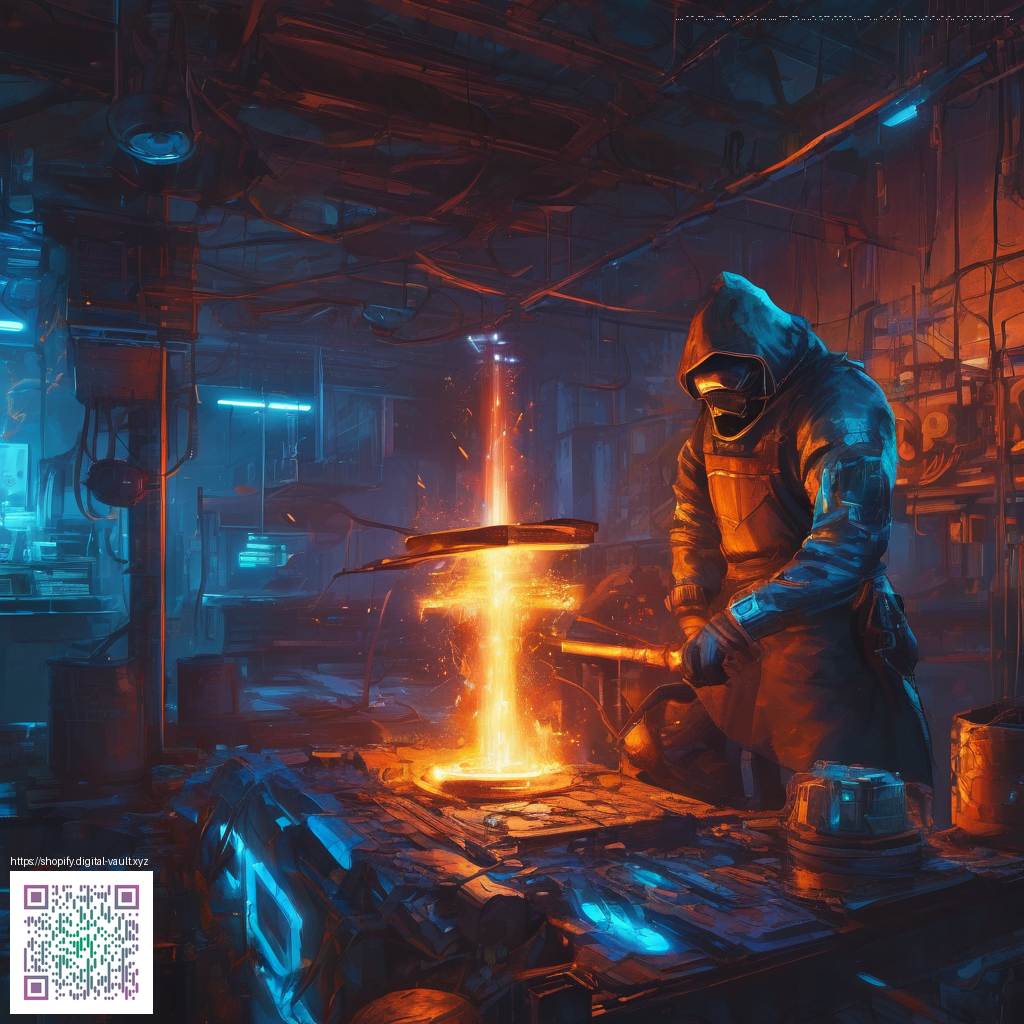
Inside Strengths and Weaknesses Explored for Players
The sensation of Inside rests on a careful balance between stark visuals and puzzle driven momentum. Players move through a grayscale world that feels familiar yet disquieting, where every ripple of light hints at answers and every silent moment carries weight. The game trusts your intuition and rewards patience with small revelations that compound into a larger sense of meaning. 💠
What shines in the core gameplay
Atmosphere elevates the entire experience. A restrained color palette, precise lighting, and sound design collaborate to create a sense of danger and wonder without shouting. The mood strengthens the puzzles by making players listen to the environment as a guide. This approach keeps the focus on what you observe and how you act rather than on explicit directions.
Puzzle design emphasizes tactility and flow. Interactions are simple yet expressive, letting you learn rules through experimentation. The result is a seamless loop where exploring a new room gradually reveals a mechanism you can master. That immediacy keeps the pace tight and the sense of discovery constant.
Controls feel responsive and deliberate. Movement and interaction map cleanly to expected inputs, which makes the game feel fair even when the solutions are cryptic. The absence of a heavy UI forces you to rely on your senses and your wits, which is exactly the kind of challenge many fans seek in this genre. 👁️
Key weaknesses to consider
Some puzzles lean toward opacity. Without explicit hints the path forward can require trial and error that may test patience. This design choice benefits immersion but can frustrate players who crave a stronger sense of direction. If you enjoy head scratching that leads to a bright moment of clarity, this is part of the appeal; if not, it can feel a bit binary.
Replay value is naturally limited. The game is built around a single, crafted experience with a specific emotional arc. Returning to previous sections often reveals new interpretations rather than alternative routes. For players chasing multiple playthroughs, the novelty is less about branching paths and more about reading the environment with fresh eyes.
Accessibility options are modest. The core experience prioritizes atmosphere and nonverbal storytelling over explicit accommodations. Those who rely on alternative control schemes or extended readability may find some moments challenging. This is a common trade off for a title that aims to present a singular, cohesive mood. 🌑
Community pulse and cultural resonance
Fans frequently discuss the game through the lens of interpretation and symbolism. The ending prompts debates about freedom, surveillance, and the nature of control, and these conversations continue to evolve as new players discover the game. Speedrunners and pace chasers highlight how small environmental cues can unlock efficient routes, turning the game into a compact test of observation and timing.
Artistic appreciation thrives in fan spaces. Concept art, screenshots, and theory threads celebrate the game’s subtle storytelling and the craftsmanship behind its visuals. This community energy keeps the title relevant long after initial release and demonstrates how a concise experience can generate lasting conversation. 💬
Updates, patches and developer perspective
Playdead released Inside as a polished stand alone experience and has not pursued extensive post launch DLC or major free patches. The game later expanded its reach with a Nintendo Switch port, bringing the same quiet intensity to handheld play. This approach underscores a preference for delivering a cohesive moment in time rather than ongoing live service updates. The studio continues to be associated with tightly crafted, minimalistic storytelling rather than evergreen feature updates.
Modding culture and accessibility outlook
Modding is not a prominent pillar for Inside, given its tightly integrated design and narrative cohesion. The community tends to engage through fan art and theoretical explorations rather than large scale engine mods. That does not erase the value of the experience for curious players; it simply means the shared rituals around this title come from interpretation rather than modification. Accessibility remains an area where future projects from similar teams may expand options while preserving the core experience.
Tips for new explorers
- Pay close attention to lighting and shadows as they often point to interactive elements.
- Move deliberately and listen for subtle audio cues that hint at mechanisms or dangers.
- Take your time with rooms to map the space in your mind before acting.
- Expect a short but emotionally dense ride that rewards careful watching over fast reflexes.
For readers who enjoy seeing how a compact game can spark big conversations, Inside offers a master class in environmental storytelling. It teaches that power can reside in restraint and that the strongest puzzles may be the ones you solve with your imagination. 💠
Support a decentralized Internet